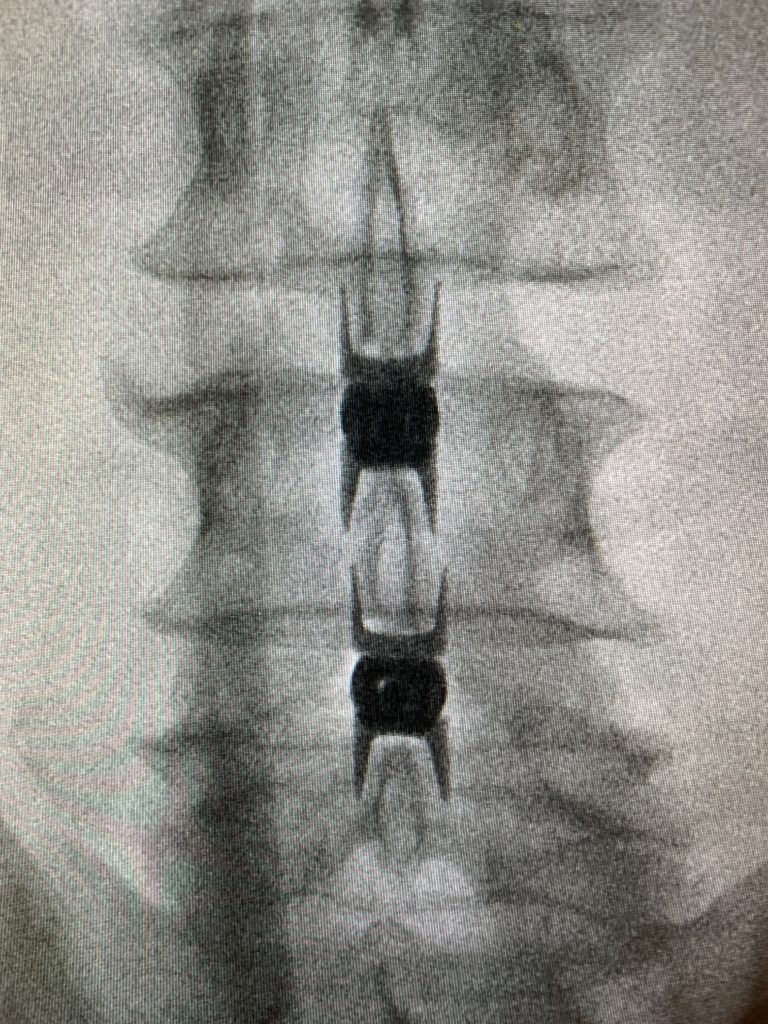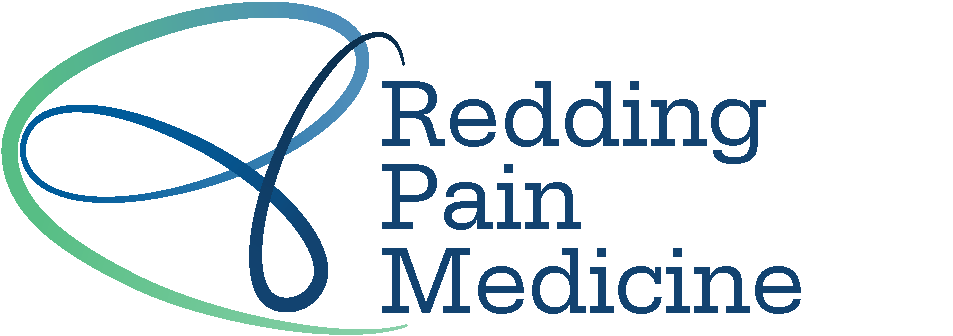The Vertiflex™ Procedure
Clinically proven and minimally invasive option
The Vertiflex Procedure was designed for the treatment of lumbar spinal stenosis (LSS). It is a clinically proven and minimally invasive option that has been shown to provide long-term relief from LSS pain.
Also known as the Vertiflex Superion interspinous spacer, this is an FDA-approved procedure that relieves spinal stenosis pain by placing spacer device between the vertebraespinous processes If youfailed to get relief from conservative options like medication and injections but may not be a candidate for spine surgery, this may be an option for you.

Clinically proven and minimally invasive option
The Vertiflex Procedure has been very successful in helping patients experience relief from lumbar spinal stenosis. In fact, after five years, almost every patient in a clinical trial was still satisfied with the results of their implant.
This implant is capable of restoring spinal canal space at multiple levels while still allowing the option for patients to have surgery in the future if necessary.
Capabilities and Success
The Vertiflex Procedure has been very successful in helping patients experience relief from lumbar spinal stenosis. In fact, after five years, almost every patient in a clinical trial was still satisfied with the results of their implant.a
This implant is capable of restoring spinal canal space at multiple levels while still allowing the option for patients to have surgery in the future if necessary.
This implant is capable of restoring spinal canal space at multiple levels while still allowing the option for patients to have surgery in the future if necessary.
Pain Conditions Helped by The Vertiflex Procedure
This procedure is a non-surgical option for treating stenosis related back pain caused by damaged spinal discs or ligament hypertrophy. The most common conditions treated by this procedure include:
How the Vertiflex™ Procedure is Performed
This implant adds space between vertebral spinous processes that have been compressed by spinal stenosis and hold them in their proper position. This relieves pressure on the spinal and surrounding nerves.
Unlike laminectomy, this procedure does not affect the stability of the spine and may improve it. It is able to preserve the mobility of the spine, reducing the risk of adjacent segment disease that can be caused by spinal fusion.
Outpatient Procedure
The Vertiflex procedure is an outpatient procedure that is performed using local anesthesia. During the procedure, the affected area will be numbed with a local anesthetic, and a small, 3/4f-inch incision is made. Using a real-time X-ray, a small tube that is roughly the size of a dime is used to move surrounding tissue out of the way rather than cut through it. Moving tissue rather than cutting through it reduces the difficulty of the recovery process after the procedure.
Once the tissue has been moved, the implant can be placed between the vertebral spinous processes. The implant’s wings are then slowly opened to sstabilize the implant, holding them back in their natural position. Once the vertebrae are in their natural position, the implant is secured, the incision is closed with a single suture, and covered with a bandaid. Typically, the entire procedure takes about 45 minutes.
Pain Relief and Recovery
Once the procedure has been completed, many patients experience pain improvement within the first few days, however, full recovery typically takes up to six weeks. Initially patients should focus on rest. Physical therapy is recommended, and they may participate in travel and light activity after 2 weeks .
Following recovery, it’s recommended that patients continue to exercise regularly to improve their core strength. This will help in providing positive long-term relief.




